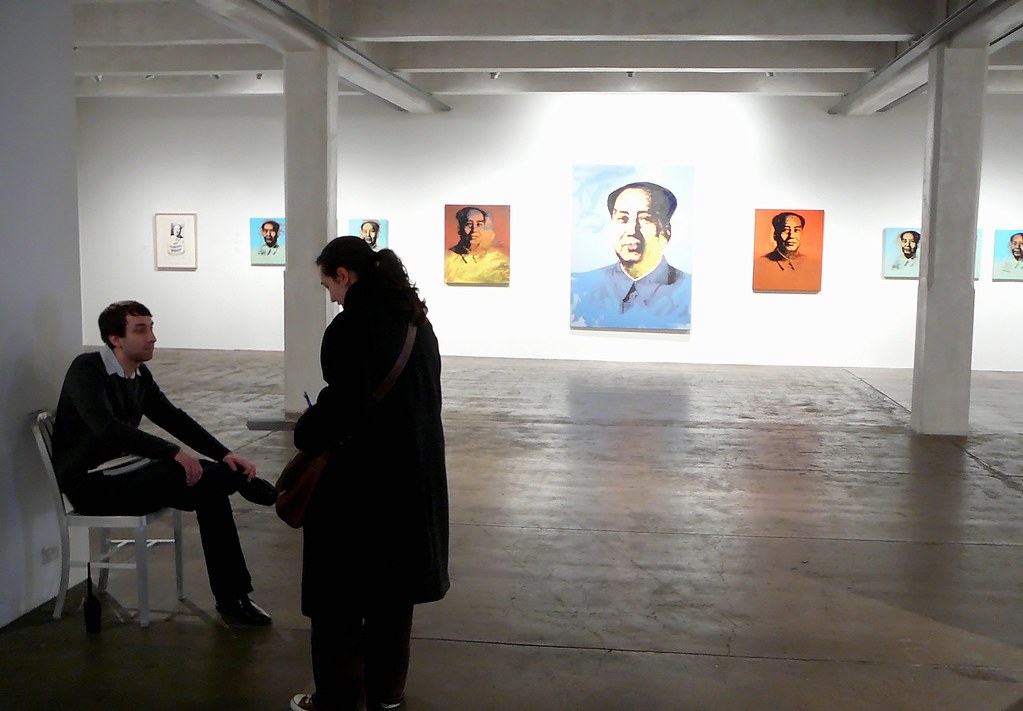 Friday, February 23, 2007
Friday, February 23, 2007Warhol is always famous here
By Scott Beveridge
PITTSBURGH – Whether they like his art or not, it’s no wonder people in Pittsburgh still talk about their most-famous homegrown artist, who died 20 years ago Thursday.
If nothing else, Andy Warhol left them an outstanding museum on the city’s North Side, which always attracts crowds of people, many of whom could or did qualify as his chums. They range from blue-haired American Carpatho-Rusyn women who come to celebrate their heritage to the likes of avant-garde filmmaker John Waters, who put out an exhibit of Andy’s porn.
Both of those events took place at the same time 2006. Some visitors sneaked behind black curtains to watch graphic sex scenes while others dined in the basement on ethnic foods Warhol surely would have eaten when he was a boy. Traditional Carpatho-Rusyn versions of Donny and Marie Osmond performed lovely music on one stage while Ska musicians wearing animal masks clanged out much different sounds in a gallery. Both worlds collided to create something remarkably Warhol.
Mick Jagger was given a private tour of the place a couple years back while he was in town for a Rolling Stones concert. This year, while in an elevator to the top floor, I bumped into what appeared to be a man in drag, dolled up like the cool, sexy 1980s rocker Debbie Harry. Last week, I couldn’t help but smile while standing over a display of one of Warhol’s wardrobes, noticing that the pencil-thin celebrity wore a pale, yellow girdle and pink body suit under his black jeans.
The traveling exhibits always bring me back to this museum to fascinate over how well its curators juxtapose other people’s things beside those belonging to the artist to offer a glimpse into what made Warhol Warhol. On one occasion, the museum displayed expensive floral pattern china with bright blue, pink and orange flowers, embellishments that looked strikingly similar to the posies in Warhol’s well-known silkscreens.
Through March 18, 2007, the seven-story museum houses a creepy but captivating exhibit: “Deadly Medicine: Creating the Master Race.” It chronicles Darwinism and its focus on natural selection, the Nazi persecution of Jews and other attempts through science and medicine to justify eugenics as a means to select who lives and dies.
The museum also is showing the contents of Warhol’s medicine chest, the size of which could stock a shelf or two at Wal-Mart. It should be no surprise that he had boxes of blonde women's hair coloring, an assortment of unidentified pills and an array of creams, lotions and solutions.

No comments:
Post a Comment